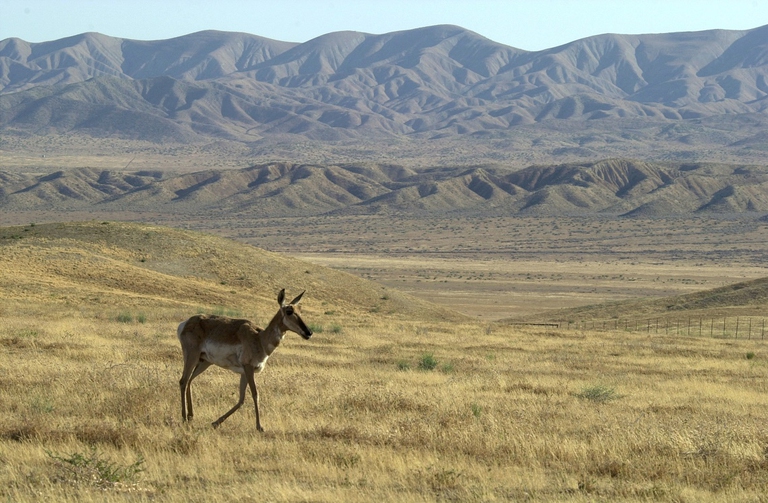
Our species took its first steps in a world covered in trees. Today, forests offer us sustenance, shelter, and clean the air that we breathe.
Dagli ocelot ai giaguari fino alle civette nane. Il muro potrebbe avere gravi conseguenze sulla fauna che vive al confine tra Usa e Messico.
US President Donald Trump approved the construction of a wall on the border with Mexico with the aim of limiting illegal immigration, as he had promised during the electoral campaign. Besides representing another barrier and a way to further complicating relationships between the two countries, the wall will also pose threats to wildlife.
The wall promised by Trump will extend for 1,600 kilometres and could represent an insurmountable obstacle for many animal species that have been roaming these areas for ages, including ocelots (Leopardus pardalis), jaguars (Panthera onca), peccaries (Tayassu pecari), pronghorns (Antilocapra americana), and the northern pygmy owls (Glaucidium gnoma).
Some species, mainly predators and large mammals, occupy wide ranges. For this, wildlife corridors are crucial for animals to move and for plant species to exchange genetic information. The survival of numerous species depends on the possibility of moving freely and finding the best places to find food and shelter and to mate and raise offspring. The importance of interconnected ecosystems has become clearer and clearer in the past decades, thanks to scientific developments in understanding wildlife’s movement patterns.
Habitat fragmentation mainly due to urbanisation and infrastructures represents one of the main causes of the alarming decline of many species in the United States. Barriers like walls and highways can interfere with animals’ natural habits, such as seasonal migrations or the exploration of new areas. Limiting their movements also inhibits the exchange of genetic information, making population weaker and vulnerable.
Insurmountable obstacles like the wall between the US and Mexico would also prevent animals from moving towards different latitudes and escape the effects of climate change. Indeed, many species need to move northwards in order to survive rising temperatures.
The Fish and Wildlife Service tried to assess the impact the wall would have on wildlife and conclusions are nothing short of appalling. The wall could significantly affect 111 endangered species, from Texas to California. Also, it will have a huge cost, could be useless for controlling illegal immigration and will represent a setback for conservation efforts, putting at risk wildlife in the name of an absurd electoral promise.
Siamo anche su WhatsApp. Segui il canale ufficiale LifeGate per restare aggiornata, aggiornato sulle ultime notizie e sulle nostre attività.
![]()
Quest'opera è distribuita con Licenza Creative Commons Attribuzione - Non commerciale - Non opere derivate 4.0 Internazionale.
Our species took its first steps in a world covered in trees. Today, forests offer us sustenance, shelter, and clean the air that we breathe.
Poachers in Africa are encroaching on wildlife land and killing rhinos in travel hot spots now devoid of visitors due to the coronavirus pandemic.
Actor and environmental activist Leonardo DiCaprio has contributed two million dollars to a fund to protect Virunga National Park in Congo from threats such as terrorism, the coronavirus and poaching.
For the first time in seventeen years, Iceland’s two main whaling companies won’t resume whale hunting. The announcement concerns this year’s season but could carry into the future.
The relationship between the coronavirus and wildlife is complex: while the pandemic may lead to a reduction in the illegal trade in wild animals, it may also encourage it in other respects.
The largest coral reef in the world is severely threatened by climate change, but researchers are developing strategies that could contribute to saving the Great Barrier Reef.
NGO Free the Bears has opened a mountain sanctuary for moon bears in Laos. With the government’s help, it aims to close all bile farms by 2022.
Seychelles have extended its marine protected area, which now covers over 400,000 square kilometres, an area larger than Germany.
The tapir was reintroduced into Brazil’s Atlantic Forest, the country’s most at-risk ecosystem. The species can play a key role in the forest’s recovery.










